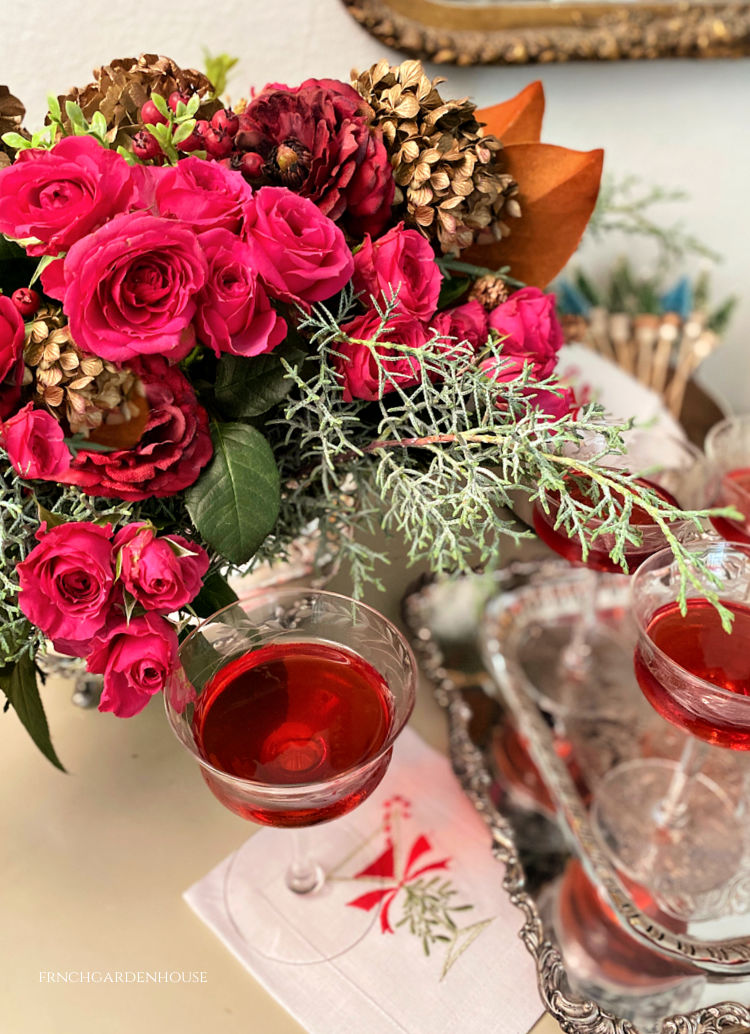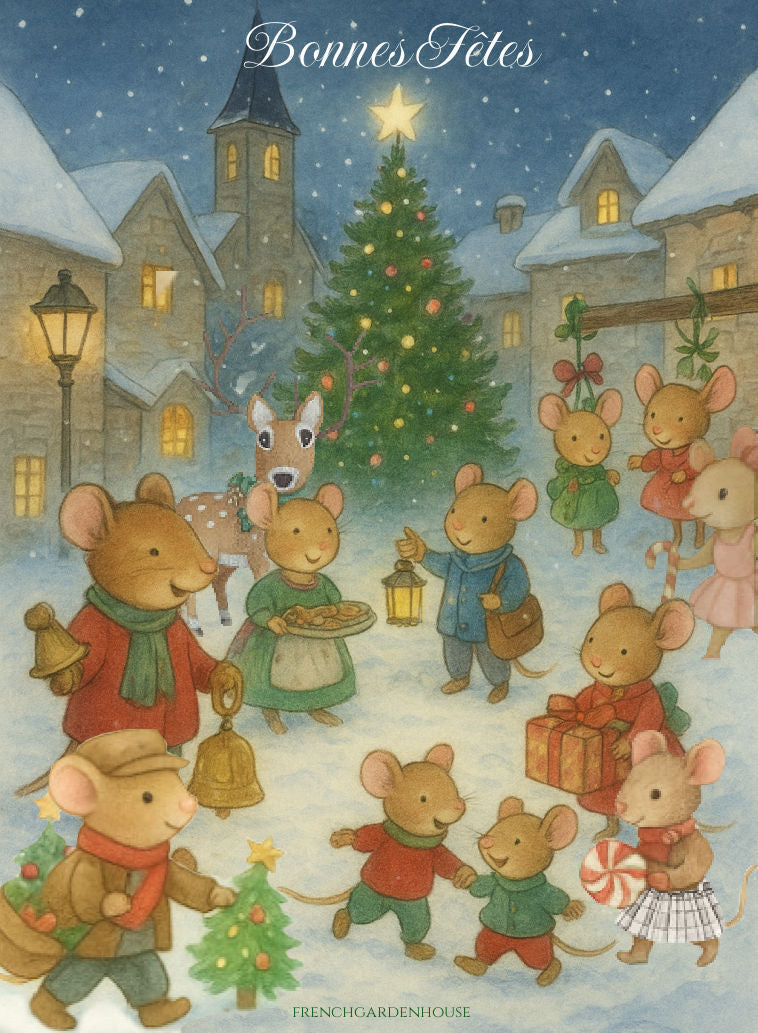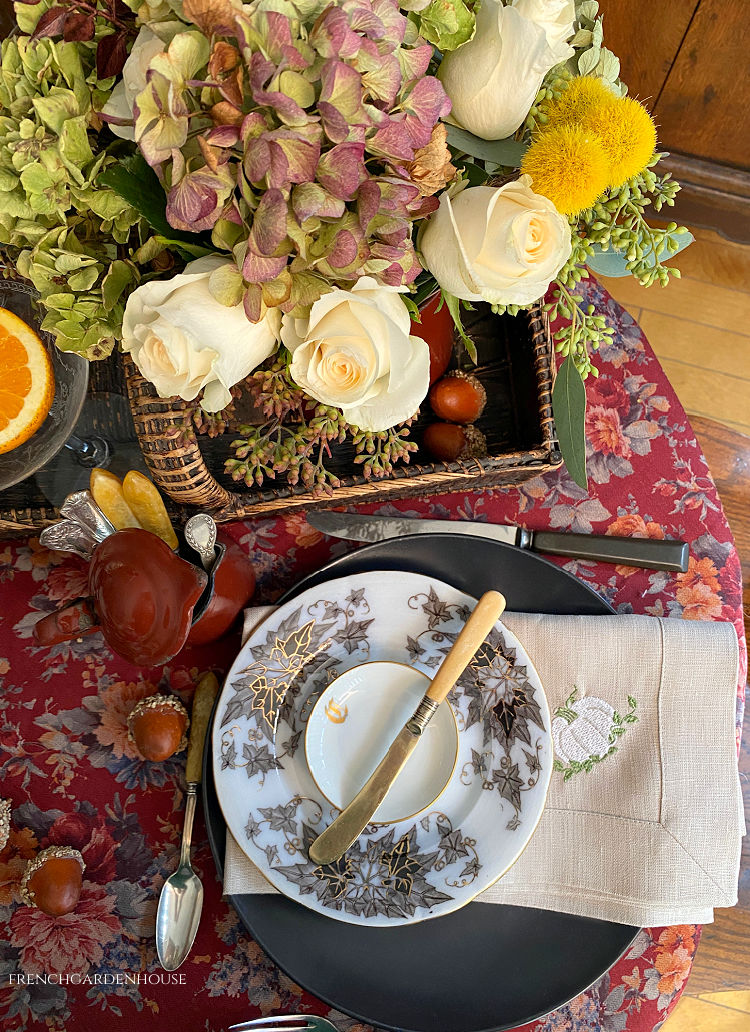EATING OYSTERS WITH GREAT STYLE
April 11, 2019 4 min read 4 Comments


The oyster is no ordinary food.
Cultivated for over 2000 years, oysters have been prized for their tender, plump taste of the sea.
Mentioned in folklore and mythology, bivalves have been cultivated and relished
by enlightened individuals for centuries.

Some of us are avid collectors of antique oyster plates,
and all the beautiful antique culinary accessories that go along with serving oysters.

The oyster is an ancient species, it has evolved very little over the years.
Found in the tidal waters of every continent except Antartica. Only the Caspian Sea is oyster-less.
Once regarded as "poor fare" in the American Colonies because they were so abundant,
pollution, introduction of foreign oyster species and the consequences of the
Industrial Revolution almost wiped out our American Oyster beds.
But the oyster's reputation is experiencing a renaissance!

Sustainably grown along the Pacific and Atlantic coasts as well as in the Gulf of Mexico
North American oyster farmers are cultivating more and more oysters for our eating pleasure.
The oyster beds are not only flourishing for our dining delight,
farmers are seeking to keep their local waters clean.

Most oyster farmers are taking their stewardship of the environment very seriously.
Their beds help keep the tidal water cleaner, each oyster can filter 25 gallons of water per day!
Oysters are nutritious and delicious.
Now, oysters are a delicacy, and not in-expenisve.
Some call them the ambrosia of the gods.

Ready to serve and eat oysters?
Here are some Do's and Don'ts of how to eat them:
 DO'S AND DON'TS OF EATING OYSTERS
1. DO use the fork.
Hold the half shell with one hand and use the small shellfish fork to move the oyster around a little in the liquid filled shell.
Make sure the oyster is detached, and spear the oyster on the tines of the fork. You can also use the smallest fork on the left side of your plate. If no one is using a fork, or there is no fork, tip the oyster into your mouth straight from the shell.
An oyster\shellfish fork is a small fork with three short curved tines, it should be on the right side of your plate. The left tine may be wider, or have a sharper point to assist in cutting the membrane of the oyster off the shell.
2. DON'T pour out the liquor.
The "liquor" or juice from the oyster gives you a great indication of the deliciousness of what you are about to eat. Take a sip, and savor the taste.
3. DO try the sauce.
You can eat the oyster on its own, but you can also dip it into the sauces or condiments that are on the table. The sauces and condiments will vary from host or hostess, or restaurant, but usually it's one of these: hot sauce, horseradish, shallot vinegar, wasabi, and simple lemon wedges. A sprinkle of lemon juice and a little pinch of pepper is a classic combination for connoisseurs.
Using your fork, dip the oyster into the sauce provided and bring to your mouth. Or, you can dip the fork into the sauce first, then spearing the oyster on it and eating.
4. DO chew your oyster.
Chew your oyster a couple of times before swallowing it. It brings out the sweetness and the unami. If you swallow it whole {a myth and insult!} you will miss out on the taste.
5. DO discard your shells.
Discard your empty shell on a side plate if there is one. Otherwise, turn the shell over and put it back on the ice bed before selecting your next oyster.
6. DON'T eat oysters if you don't actually like them.
If you really don't love oysters, eat something you do! I know this sounds silly, but I've been out with people for dinner before where everyone ordered oysters. {Except for me. I'll be honest, I'm not much of a fan. Mr. FrenchGardenHouse loves them. So he eats them, but I don't.}
Anyway, back to the dinner story, I noticed that two of our friends took a few oysters, swallowed them whole, and couldn't quite conceal how they really felt about them. So really, if you don't love them, leave them for the people who do. Eating oysters shouldn't be about just getting it over with!
7. DO serve oysters on our antique oyster plates.
If you are fortunate to have a collection of oyster plates, put them to use! Some are quite costly, that's true, so perhaps those should stay on the wall of your dining room. But giving each guests their own individual oyster plate in a different pattern from your collection is a sure conversation starter!
DO'S AND DON'TS OF EATING OYSTERS
1. DO use the fork.
Hold the half shell with one hand and use the small shellfish fork to move the oyster around a little in the liquid filled shell.
Make sure the oyster is detached, and spear the oyster on the tines of the fork. You can also use the smallest fork on the left side of your plate. If no one is using a fork, or there is no fork, tip the oyster into your mouth straight from the shell.
An oyster\shellfish fork is a small fork with three short curved tines, it should be on the right side of your plate. The left tine may be wider, or have a sharper point to assist in cutting the membrane of the oyster off the shell.
2. DON'T pour out the liquor.
The "liquor" or juice from the oyster gives you a great indication of the deliciousness of what you are about to eat. Take a sip, and savor the taste.
3. DO try the sauce.
You can eat the oyster on its own, but you can also dip it into the sauces or condiments that are on the table. The sauces and condiments will vary from host or hostess, or restaurant, but usually it's one of these: hot sauce, horseradish, shallot vinegar, wasabi, and simple lemon wedges. A sprinkle of lemon juice and a little pinch of pepper is a classic combination for connoisseurs.
Using your fork, dip the oyster into the sauce provided and bring to your mouth. Or, you can dip the fork into the sauce first, then spearing the oyster on it and eating.
4. DO chew your oyster.
Chew your oyster a couple of times before swallowing it. It brings out the sweetness and the unami. If you swallow it whole {a myth and insult!} you will miss out on the taste.
5. DO discard your shells.
Discard your empty shell on a side plate if there is one. Otherwise, turn the shell over and put it back on the ice bed before selecting your next oyster.
6. DON'T eat oysters if you don't actually like them.
If you really don't love oysters, eat something you do! I know this sounds silly, but I've been out with people for dinner before where everyone ordered oysters. {Except for me. I'll be honest, I'm not much of a fan. Mr. FrenchGardenHouse loves them. So he eats them, but I don't.}
Anyway, back to the dinner story, I noticed that two of our friends took a few oysters, swallowed them whole, and couldn't quite conceal how they really felt about them. So really, if you don't love them, leave them for the people who do. Eating oysters shouldn't be about just getting it over with!
7. DO serve oysters on our antique oyster plates.
If you are fortunate to have a collection of oyster plates, put them to use! Some are quite costly, that's true, so perhaps those should stay on the wall of your dining room. But giving each guests their own individual oyster plate in a different pattern from your collection is a sure conversation starter!

I love the antique oyster plates
and serving pieces!


To read the my Secret Life of Antiques post on OYSTER PLATES
click on the photo below

ARE YOU A OSTREAPHILE {LOVER OF OYSTERS}?
 If you want to romance your Home and Garden with antique and vintage treasures to make you smile each time you come home, visit our shop FrenchGardenHouse.
If you want to romance your Home and Garden with antique and vintage treasures to make you smile each time you come home, visit our shop FrenchGardenHouse.
4 Responses
Lidy
April 12, 2019
Tammy- I’m so there with you about eating them. I think you either love or loathe them! The plates, though, is something everyone can admire!
Tammy
April 11, 2019
I must admit that oysters are not my favorite. I do want to like them as I have tried them in various ways, but alas, they allude me! However, I adore the plates and the silverware. I do not have any because I don’t eat them nor do I need to start collecting anything else lol! The struggle is very real. Blessings!
Shirley @Housepitality Designs
April 11, 2019
The Oyster Plates are exquisite Lidy. Had to chuckle about the way some choose to eat oysters. Frankly, I am not a fan either and never understood why people just swallow them whole. Thought the reason for enjoying food is to actually savor the flavors while chewing. JMO! As always thank you for the beauty you presented today and the education!!! I am always enlightened by your beautifully informative posts. Have a grand wat day Lidy!
Leave a comment
Comments will be approved before showing up.
Subscribe
Sign up to get the latest on sales, new releases and more …

French Christmas Decorating with Winter Flowers: Holiday Floral Inspiration
December 01, 2025 4 min read 6 Comments
Create a French Christmas home with simple greens, elegant flowers, and cherished antiques. Inspiring holiday floral arrangement for a warm, authentic French Noël.

🎄 A Christmas in the Village of Les Petits Souris
November 04, 2025 5 min read
Discover the enchanting story of Les Petits Souris—the felted mice of FrenchGardenHouse, they make a whimsical French village come alive at Christmastime.

Thanksgiving Breakfast for Two: Elegant French Country Antique Table Setting
November 03, 2025 5 min read 10 Comments
Create a cozy Thanksgiving breakfast for two with French antiques, seasonal blooms, and a touch of European charm.

Theresa R Keller
January 14, 2020
Lidy,
I do love oysters and your plates are beautiful and your oyster information is a perfect tutorial. We have informal oyster roasts in the Fall in the South, outside with a open fire and lots of cold beer, wine and other appetizers…. lots of fun and you can go through several bushels in no time depending on how many people attend. :) As a child growing up in SC, the Rotary club would sponsor a oyster roast to thank all of the teachers in the county public schools…. it was held at the county fairgrounds. So much fun and my first oyster experience.
Thank you!
Theresa